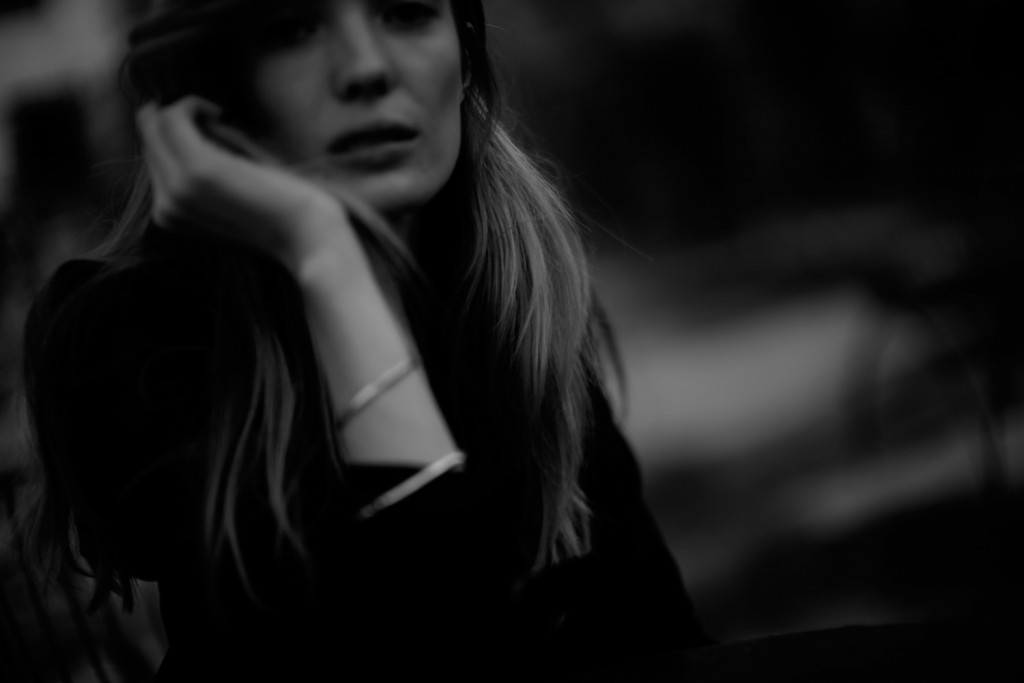
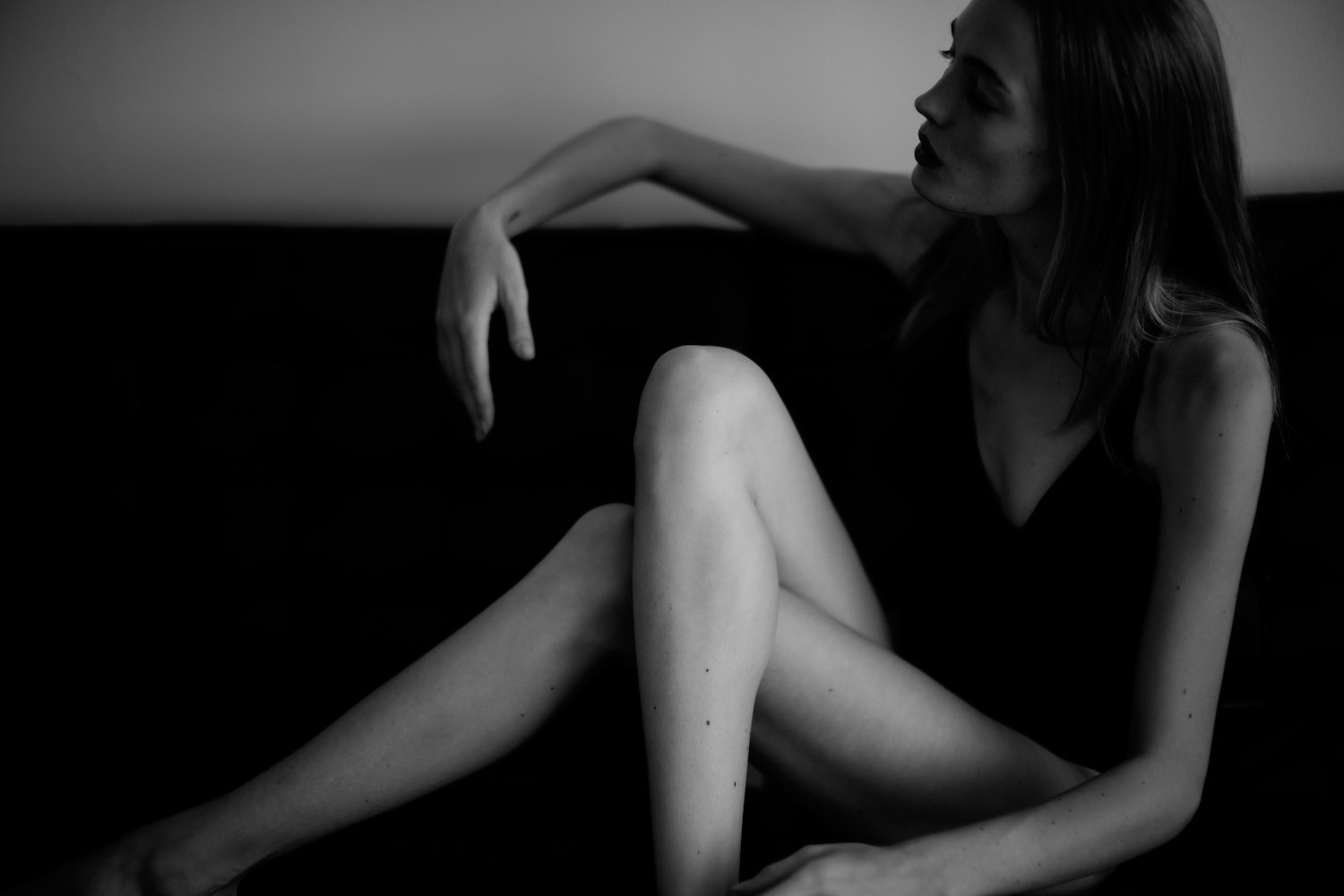
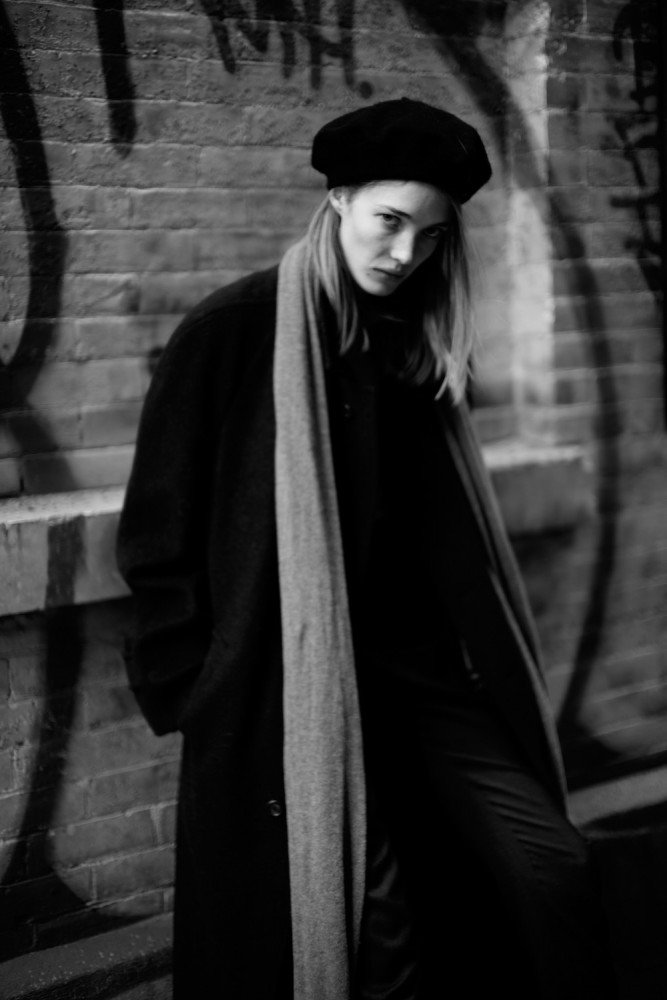
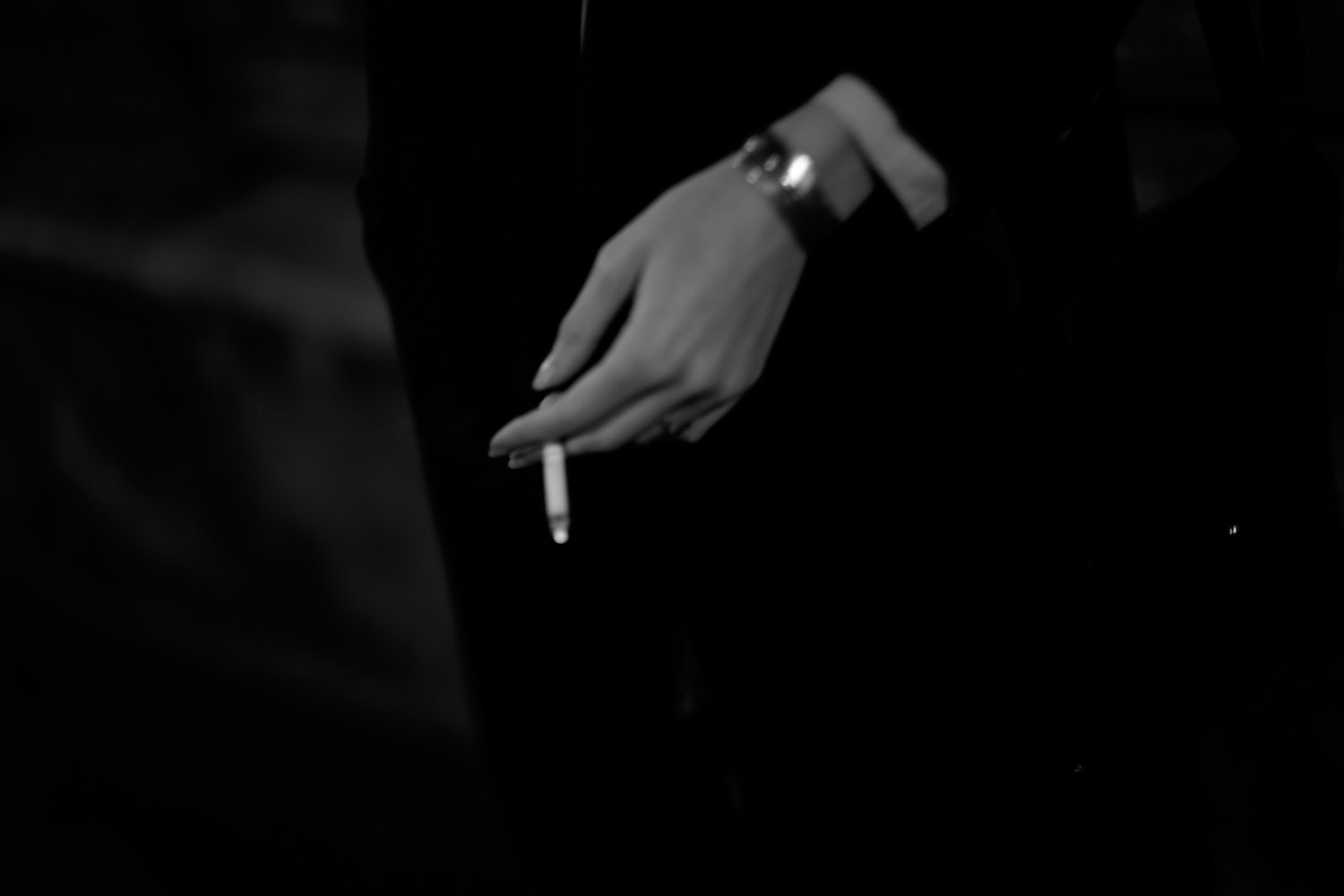
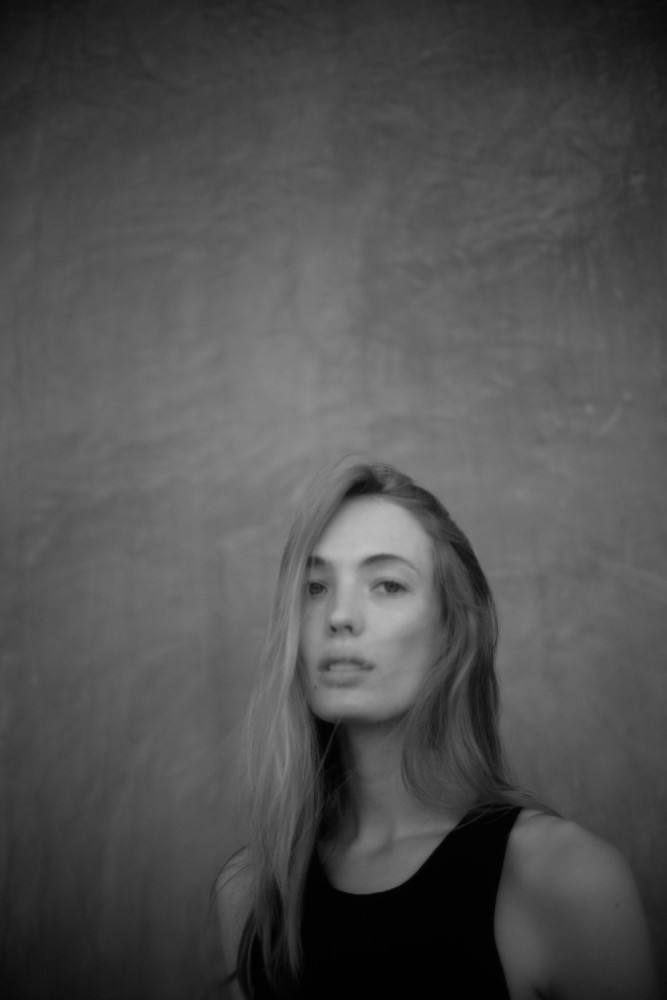

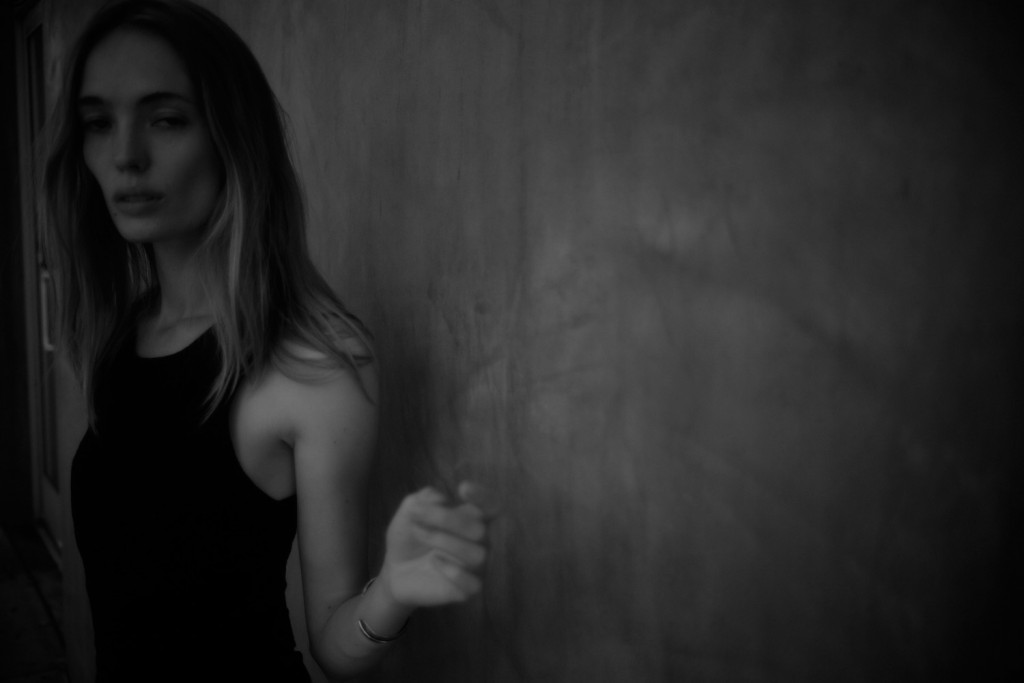
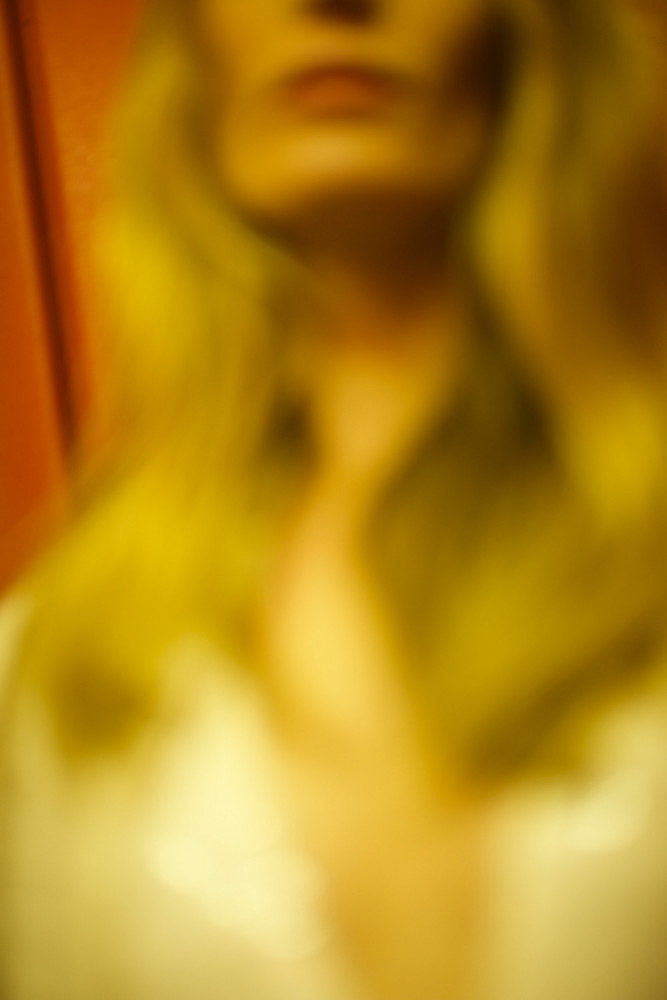
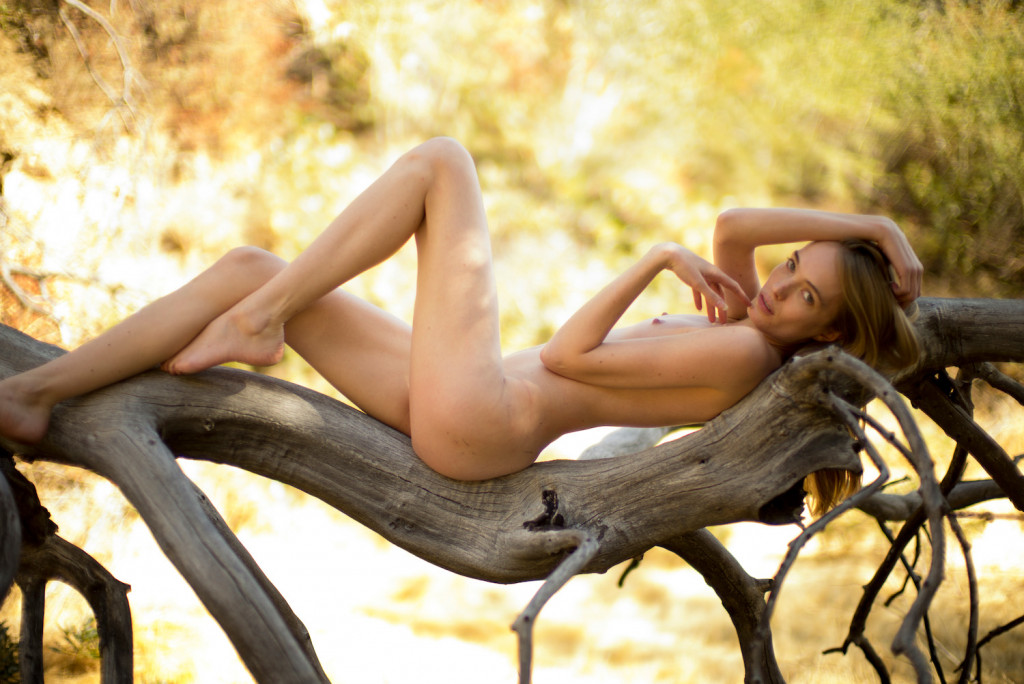
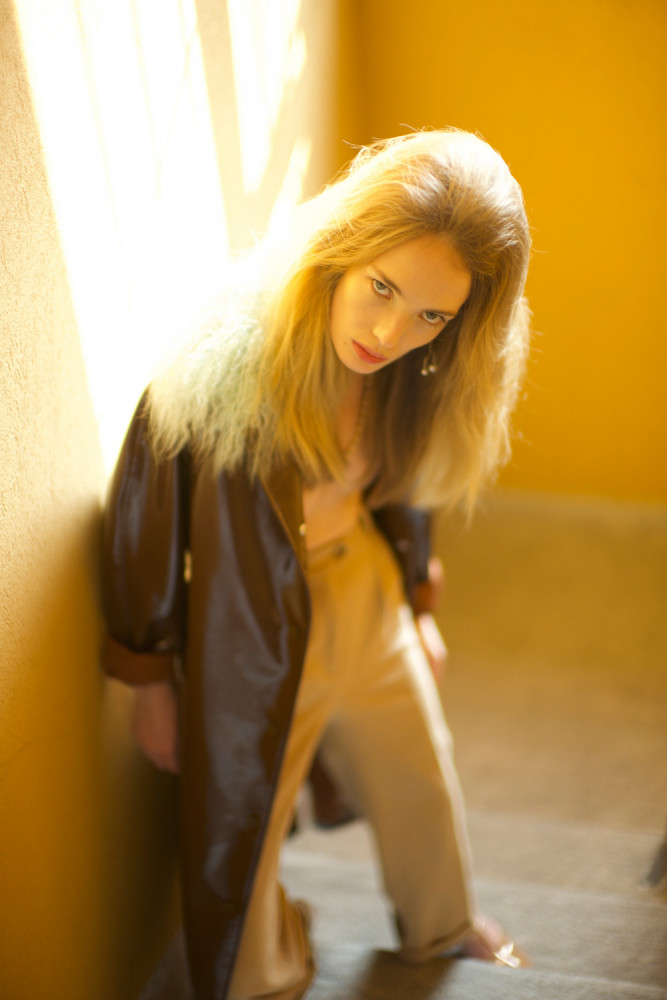

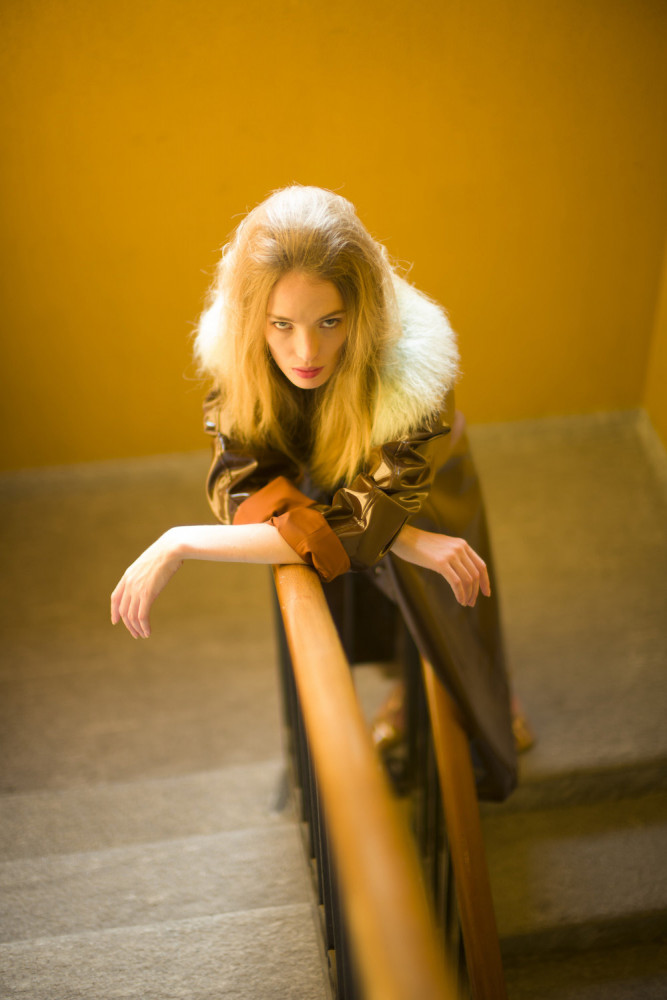
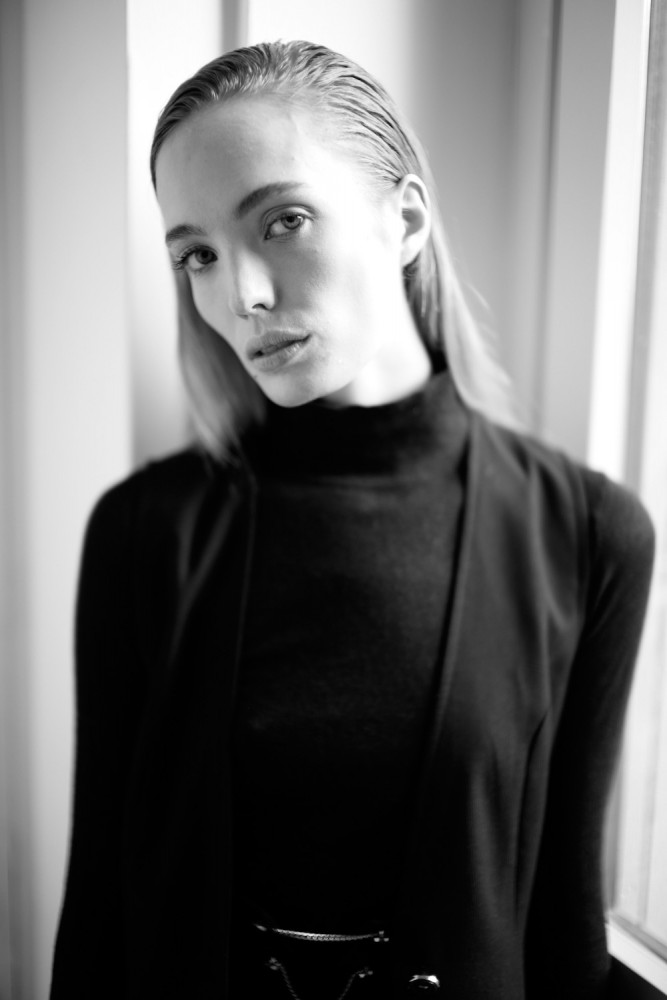
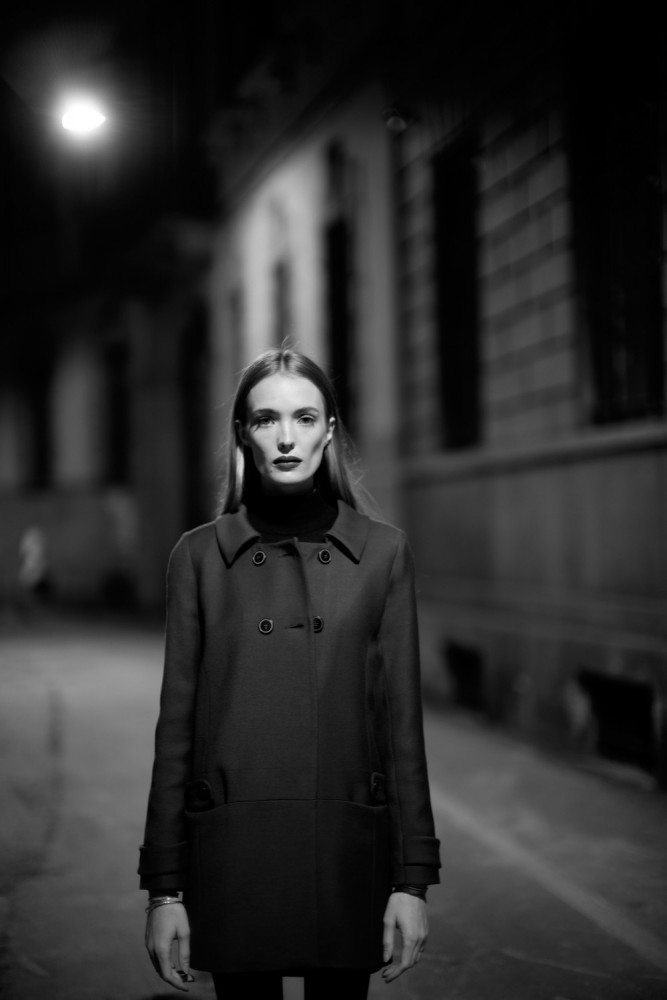
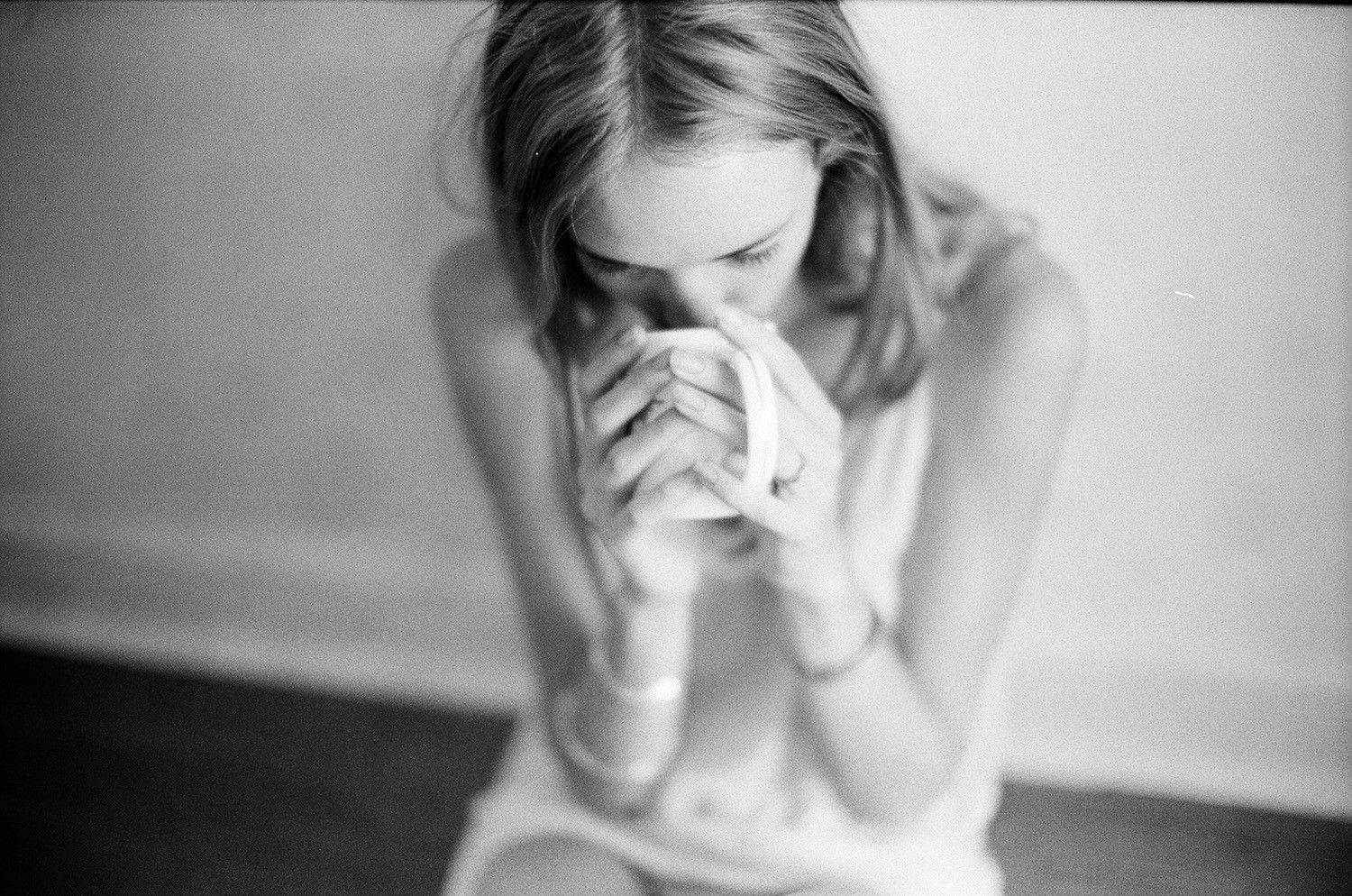
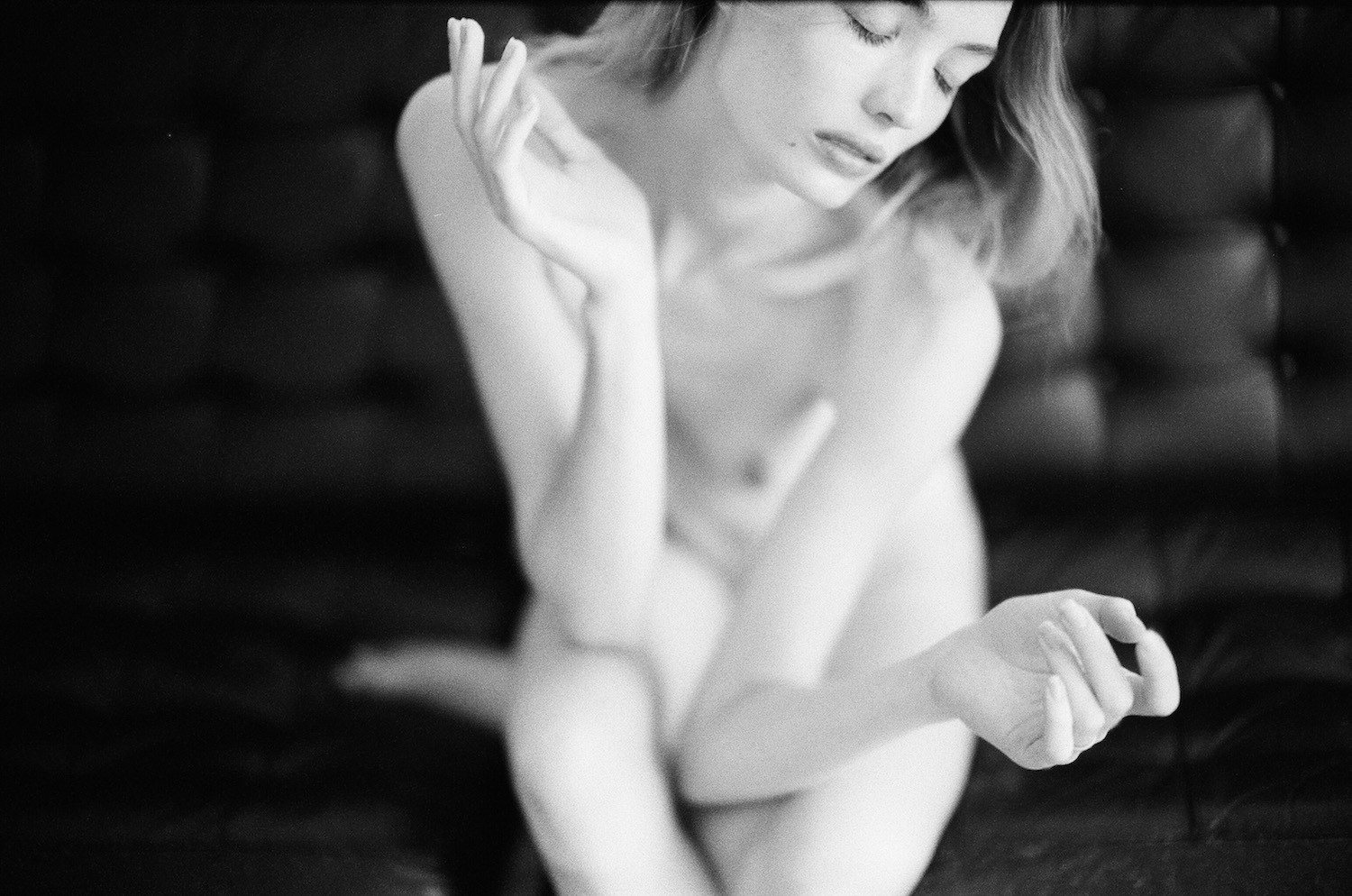
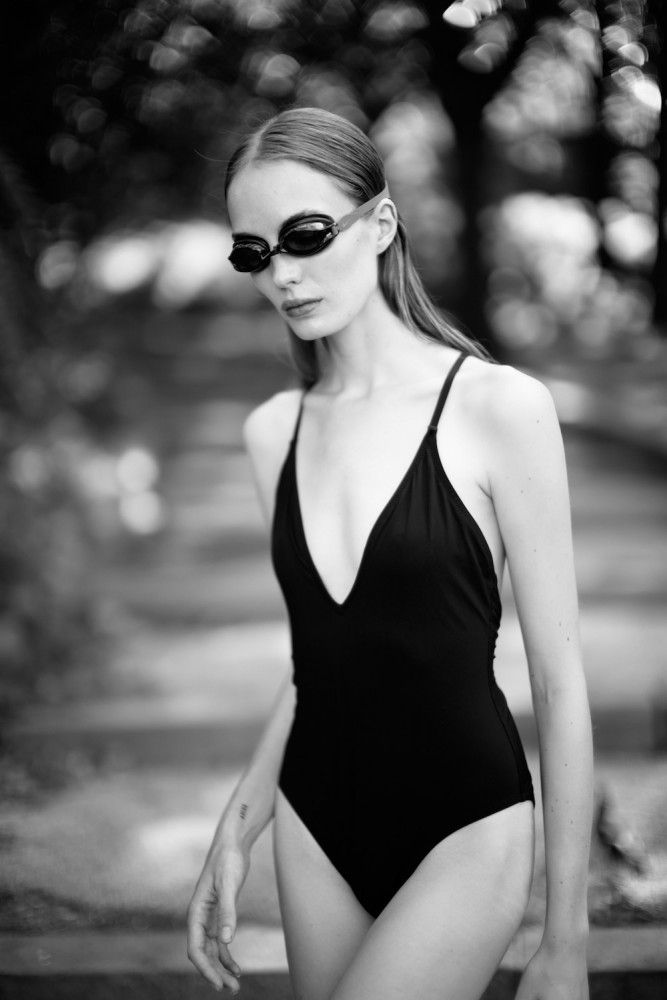
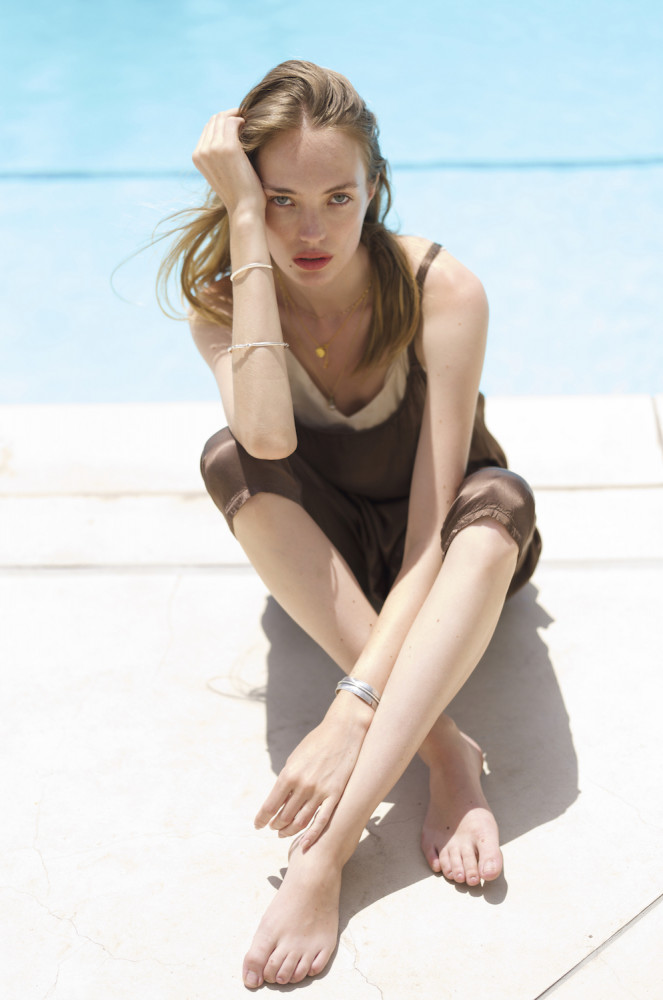
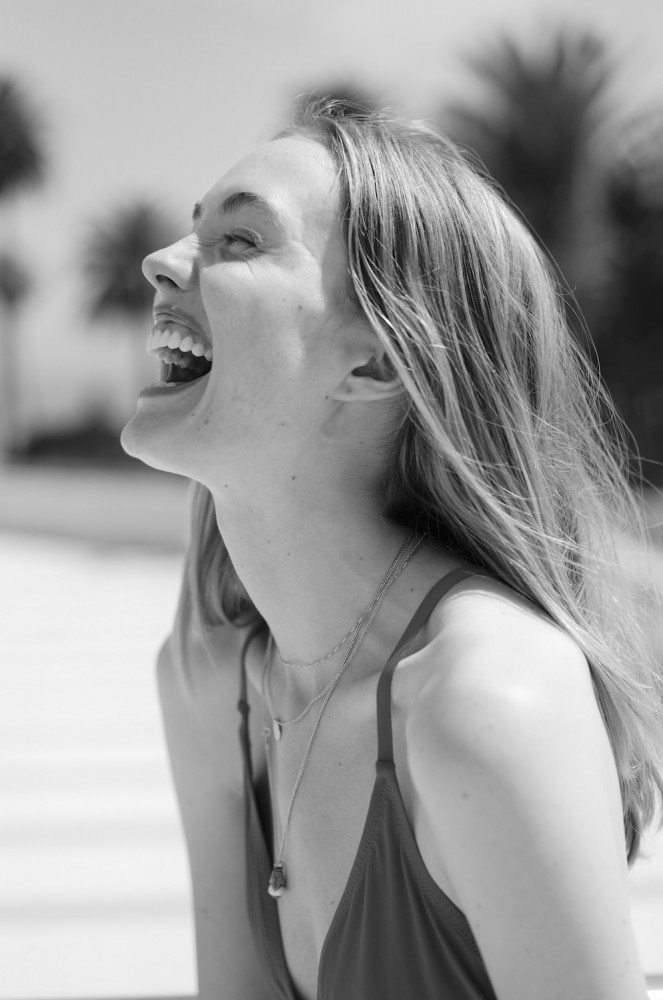
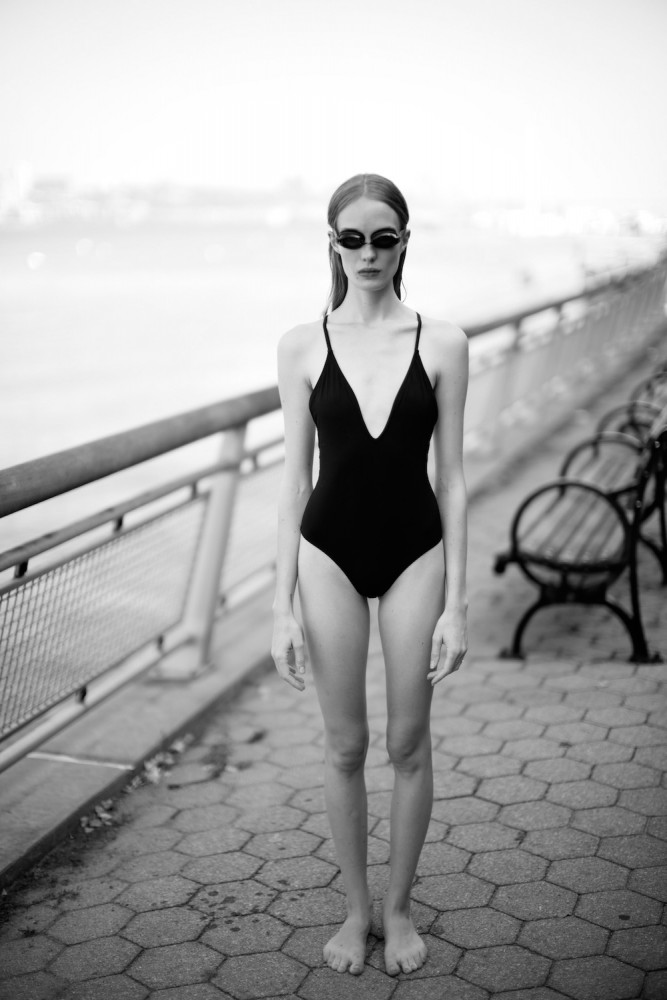
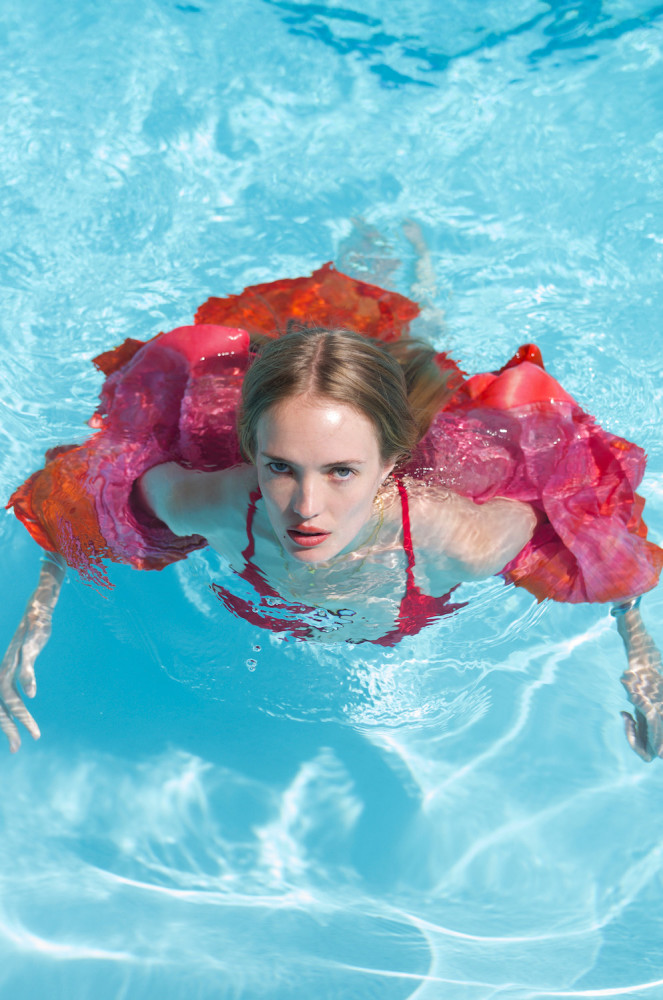
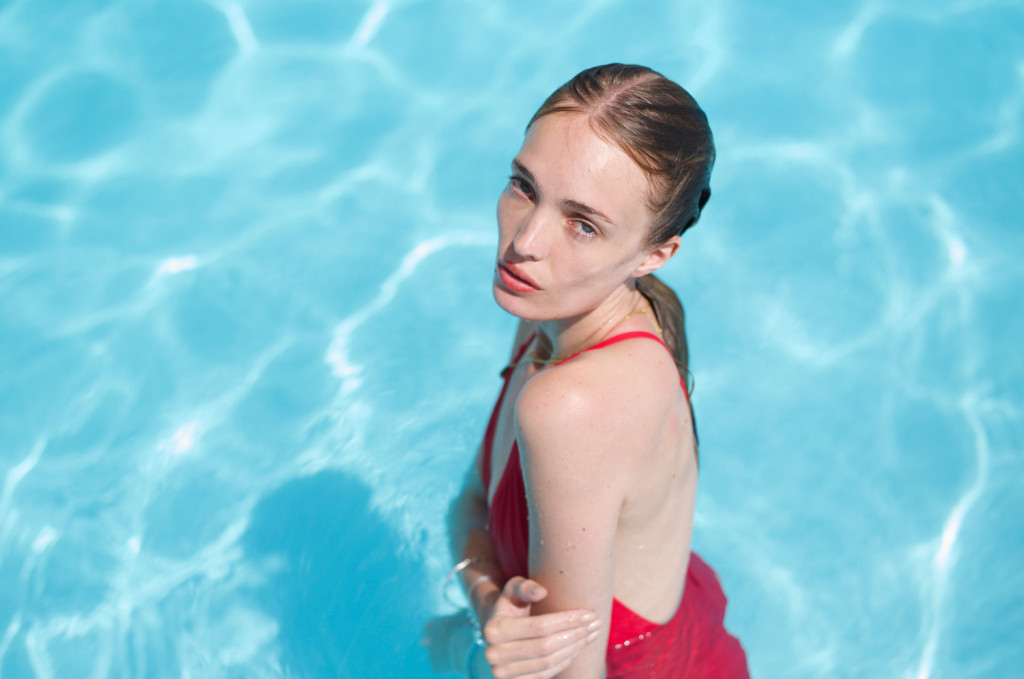
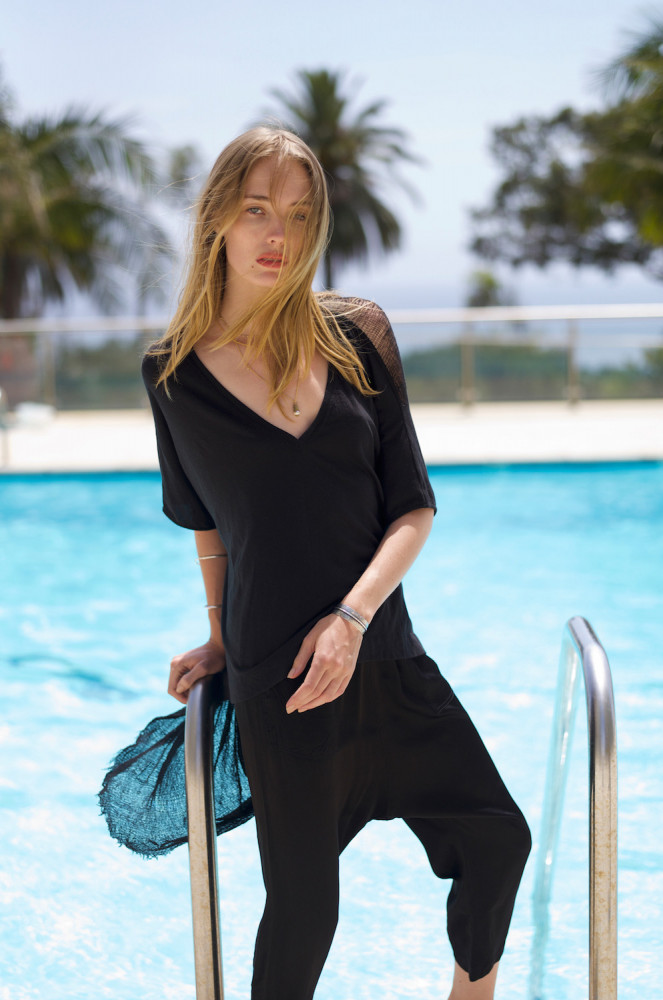
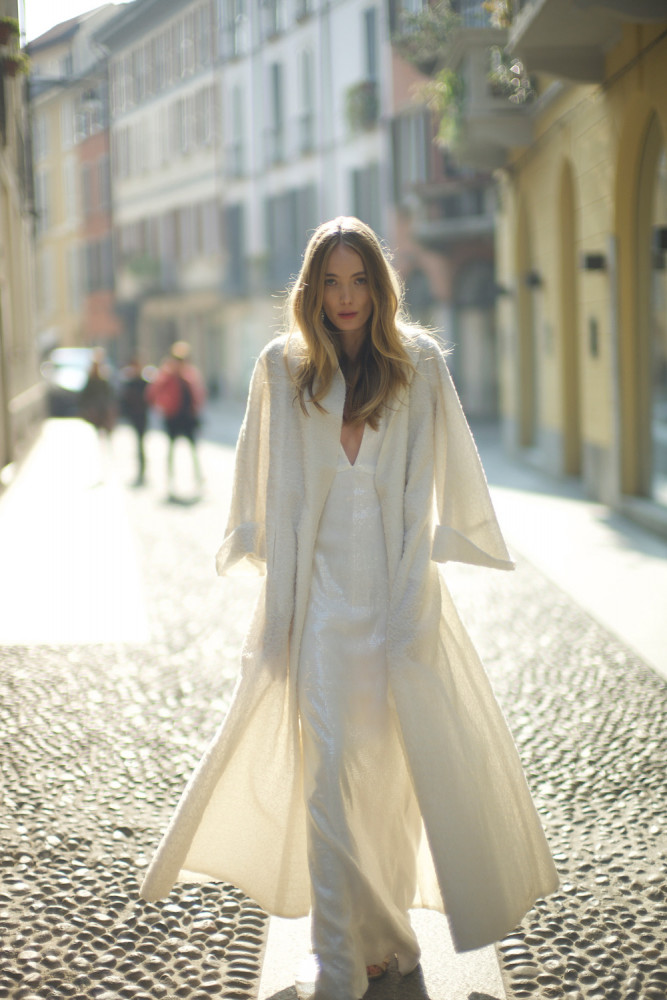
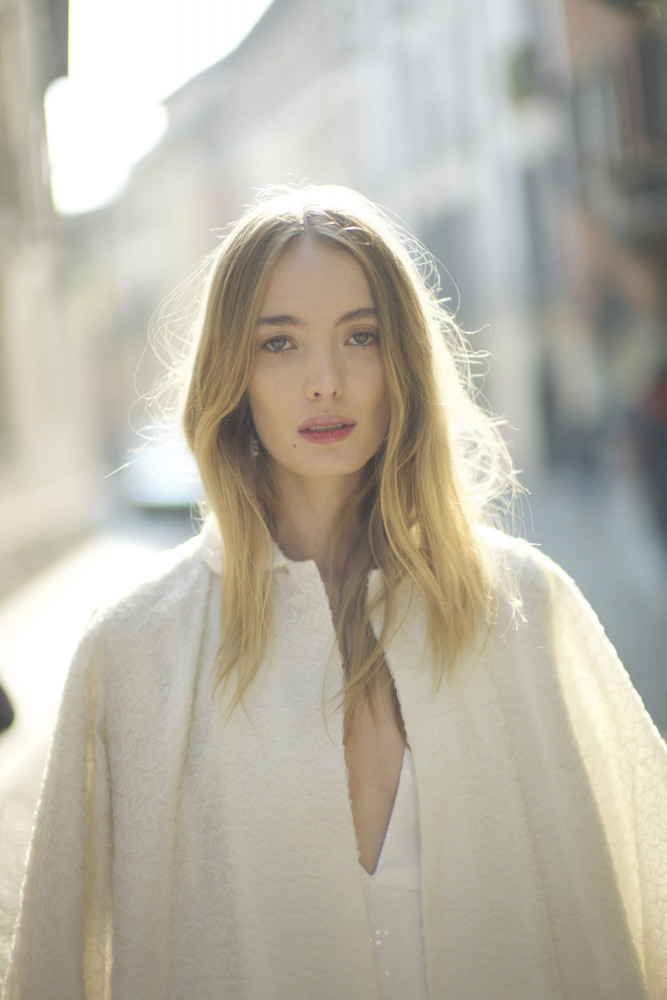
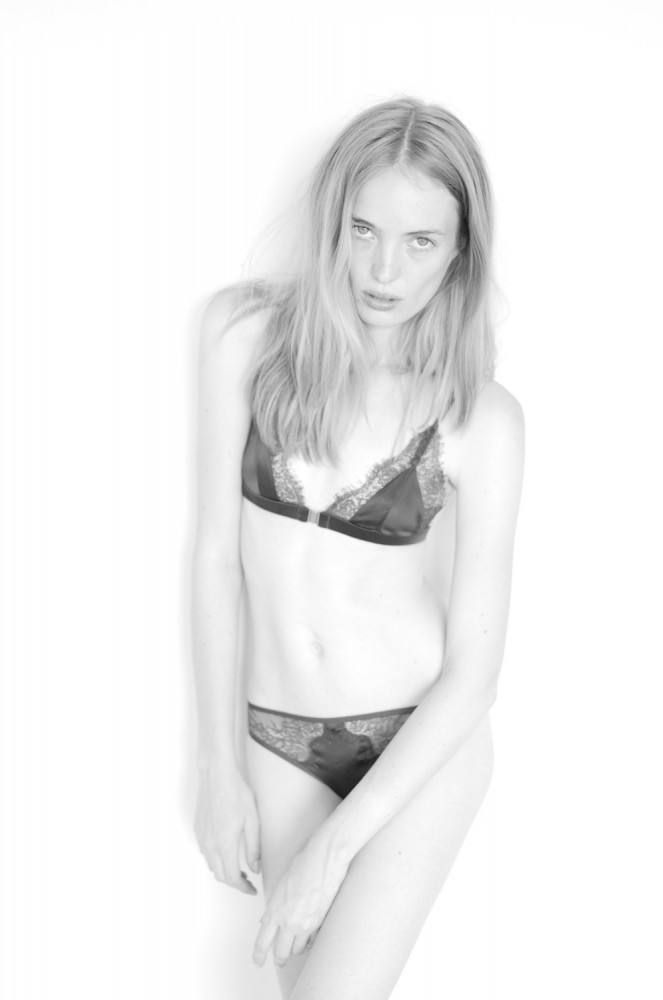
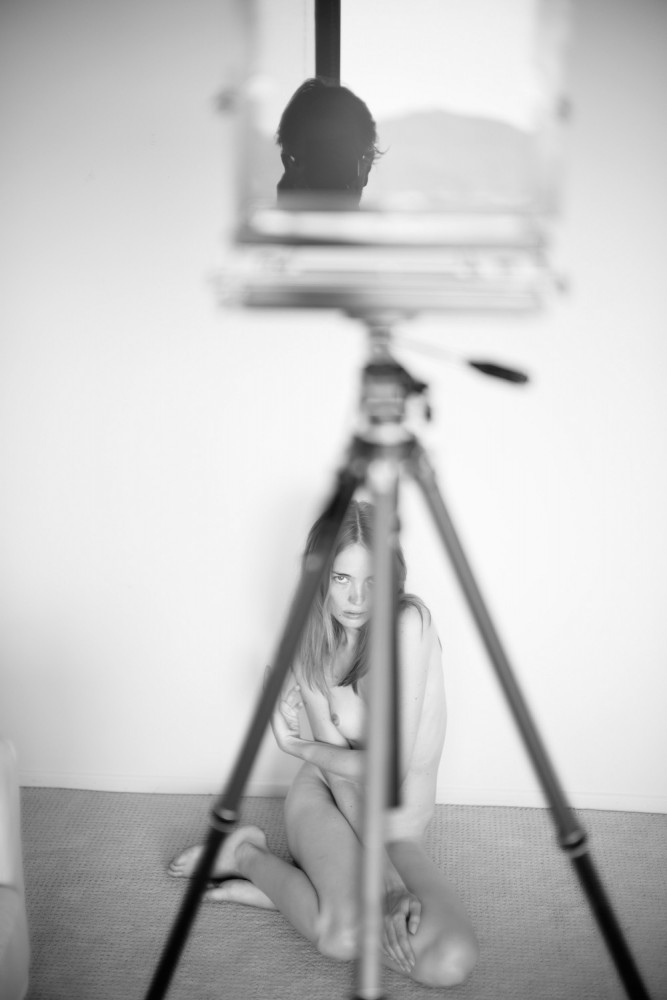



























INTERVIEW
Mark de Paola
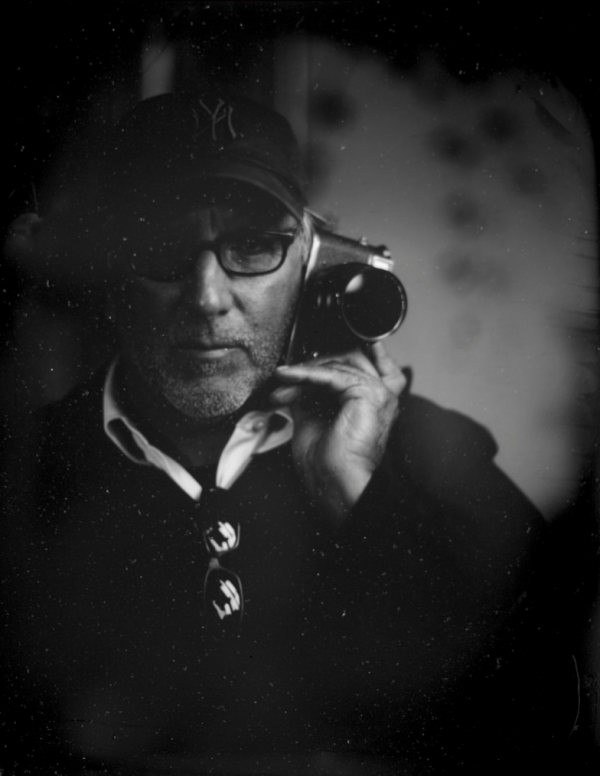
PHOTOGRAPHY Mark de Paola PRODUCER Sage Backstrom MODEL Ema McKie @ Heroes Models CAMERA Leica S (Typ 007) with Summarit-S 70 f/2.5 ASPH. (CS); Leica SL with Noctilux-M 50 f/0.95 ASPH. and LEICA M (Typ 240)
An experienced photographic eye meets an intuitive and emotional beauty phenomenon. With Ema, the renowned fashion and commercial photographer, Mark de Paola, begins a journey of creative dialogue with up-and-coming model Ema McKie – an inpiring, long-term project with an open outcome.
During your long career as a fashion photographer you’ve worked for many advertising campaigns, and done covers for renowned magazines; but you’ve also directed numerous commercial films. Nowadays you’re increasingly dedicating time to your own photographic projects. What is it that drives you? What’s it mostly about?
It happened quite by chance, actually. I picked up a Leica M240 with the F1 Noctilux mounted and framed an image illuminated only by the ambiance coming in my New York studio window. The camera was flashing “60”. I didn’t initially know what that meant, but realized I had the choice to either put the camera down or just hold my breath and keep the camera steady. I was shocked by the result. The following day I showed the single image on the back of the camera to a few friends, experts in the field of photography and art. They were also shocked. Starting with this single image, the series now called 60 Seconds marked the dawn of a new era for me of what I deemed as art, and is supported by others. While I had been asked many times during my career to have art exhibitions and publish books, I would always reply that my work is my art. This single image tapped into my soul, so to speak, and it’s been an extremely fulfilling and rewarding aspect to my work that has actually changed my life. What drives me at a nearly feverish pace, is a forum for my emotional foundation, not merely the images reliant on experience or expertise, which always previously guided my work. My work is about me, not merely my skill.
For some time now, you’ve been working on a long-term project with up-and-coming model Ema McKie. What’s special about this model-photographer relationship? And please explain what this project, that we’re seeing some examples of in this S magazine, is about?
Interestingly it hasn’t been that long. Although Ema and I have been friends for years, we never shot together until recently. Ema is married to a dear friend of mine, Bil Brown, also a crazy talented Leica shooter. While working in the same field, Ema and I would meet socially but never really talk about work, as she is also a fine painter, and that would dominate our interaction. Whenever in the same city around the world, we would get together to grab coffee and catch up. One day, after coffee, I said, “Maybe we should shoot.” We walked outside and I raised the camera and, without looking, initiated a single frame, and we continued walking. The photographic relationship was initiated by a foundation of friendship and trust and ease. Now we shoot together whenever we can. I think it’s really a ‘simpatico’, an artistic alignment, that results in images that are beyond a professional photographer and a professional model, evoking a sort of connection that may only happen a few times in a lifetime, an art.
Do you think Ema has the potential to be one of the greats? Why?
Having worked with many of the greats in my career, Ema is already one of them. Her magic is just now being realized, already working with some of the greatest talent in the field.
Her popularity is growing like wildfire, it’s so much fun to watch. Ema has it all, starting with the inside, able to intuit and emotionally and artistically support the intent of the visionaries around her. While obviously a beauty, Ema is magic.
You take pictures with various Leica cameras; which model do you prefer to use and for what kind of pictures?
I’m definitely an M shooter: Noctilux, wide open. That’s the basis of a lifetime of work. I’m also currently shooting extensively with the S camera with the 70mm Summarit and the 100mm Summicron. I also shoot with the SL with the Noctilux.
What role do the lenses play? Are your pictures the way they are because you work with Leica lenses, or do you work with Leica lenses because they have certain characteristics that you want to have for your pictures?
It’s a combination, of course. I bought my first Noctilux in 1975, one of the first 300 produced, and I still have that lens. I don’t know if anyone has shot with the Noctilux as much as I have. It’s like any skill or art, a lens, a musical instrument or a race car, rewards time and practice.
I choose the tools that best represent my vision. For me Leica lenses are in perfect alignment with my approach and my art.
In many of your pictures a certain approach to unsharpness is in evidence. What are you doing there and what relationship does it have to the lenses you’re using?
I lecture a lot about the neurobiology of human sight and the emotional contact of our vision, and therefore an image or cinema is in the out of focus areas. Leica lenses are particularly interesting not just in their sharpness and fall off, but in the way they render out of focus. I do a lot of experimenting.
Do you have some kind of fundamental rule for photography that you follow, or try to follow? Are there any no-gos that you consider out of the question? I believe you don’t go above 100 ISO and avoid aperture stops above 2.
Just shoot! It’s more important to capture the image that you see or feel than waste time on technique and perfection as life passes you by.
Yes! There are no-gos. Don’t move off of maximum aperture or minimum ISO, and see what happens. You might be surprised.
You often work with Leica galleries and run photography seminars that are very successful. What do you impart during these seminars and how would you explain their success?
I empower people to find their own voice, to do something only they can do, capitalizing on their unique DNA, further complicated by upbringing. Use that, shoot that!
Your book, ‘Recent Work’, was just accepted into the MoMA, New York, collection. To what degree does this book reflect your photographic approach, and why was it selected by MoMA?
Completely. It’s the most pure and complete example of my work at this time. I will ask that question of MoMA soon, but I am sure they are recognizing a bravery and my unique addition to the dialogue of photography.